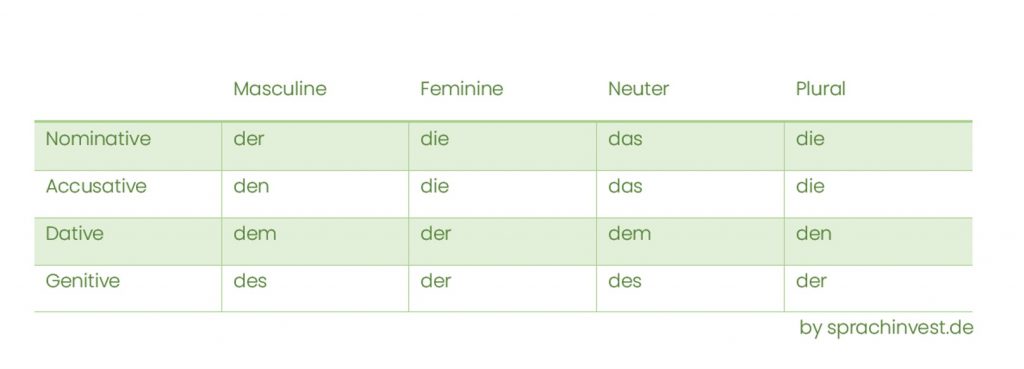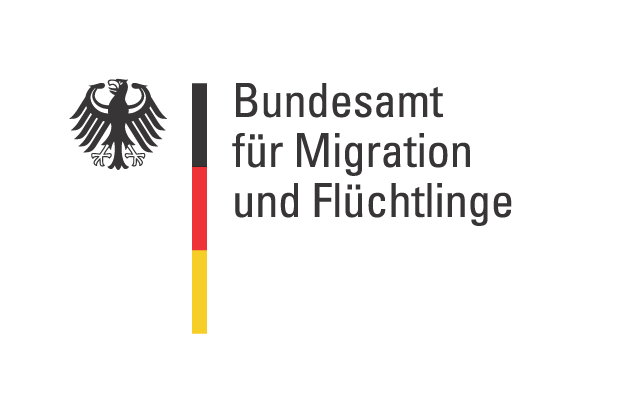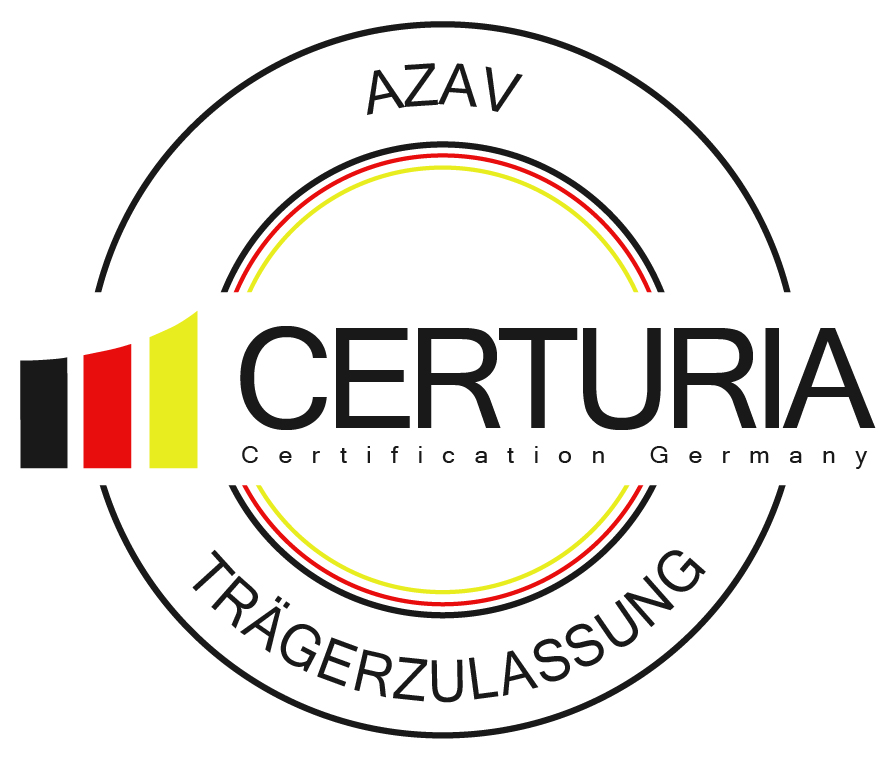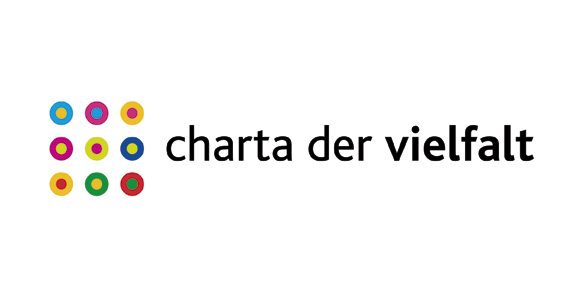
Table of contents
- Articles (der, die, das) are used in German in the following ways.
- Understanding the terms “der, die, and das”
- General guidelines for identifying gender in German
- Guidelines regarding people, animals, and jobs
- Additional guidelines and suggestions for defining German gender
- Lastly, some advice on learning der, die, and das
Learning German is a challenging task, especially German articles can be confusing. Using these guidelines, you will be able to become an expert in German articles. Gaining an understanding of the articles might be one of the most challenging and confusing topics to understand for anyone trying to learn German. We take the term “the” for granted in English because it is so frequent and easy to understand, but there is no such word in German. You must instead learn how to determine whether to use der, die, or das depending on the “gender” of the noun you are referring to.
Articles (der, die, das) are used in German in the following ways.
The word “die” is also used for plural words, which serves to even further complicate things. For many new students, this can all seem utterly intimidating, but have no fear. Here, we look at several hints and techniques to make the learning and memorization of these German articles easier.
Understanding the terms “der, die, and das”
When it comes to studying the German articles, the first and most crucial step is to make sure that you fully understand the core concepts that lie behind the terms der, die, and das. Every noun in German is given one of three genders: masculine (männlich), feminine (weiblich), or neuter (sächlich).
Before proceeding, it is necessary to have an understanding of which form of “the” is appropriate for each gender. When referring to nouns in German, the article “die” is used for feminine nouns, “der” is used for masculine nouns and the article “das” is used for neuter nouns.
It’s also crucial to realize that the gender of a noun is assigned to the WORD, not the person, thing, or object, which makes it challenging to determine the gender of a given noun from a noun’s context. For instance, the word for “couch” in German is feminine (die Couch), whereas the term for “sofa” is neuter (das Sofa).
You are in luck since there are several patterns that you can use as a guide.
General guidelines for identifying gender in German
Despite the claim of some native German speakers that you have to learn the gender of each word on its own, there are certain essential signals that can provide support in this endeavor.In most cases, it is possible to establish the gender based on how the word ends, although there are a few exceptions to this rule. You can define these laws as follows:
Any noun that ends in or, ling, ig, ner, or smus is masculine and needs to be preceded by der. For instance, you might say: “der Kapitalismus, der Generator, der Frühling, der Honig, and der Rentner.”
A noun should be prefixed with the word die if it ends in one of the following feminine suffixes: -ung, -ie, -ei, -keit, heit, schaft, -tät, -ik, or -tion. For instance, you might say die Zeitung, die Komödie, die Bäckerei, die Tätigkeit, die Schönheit, die Mannschaft, die Universität, die Musik and die Situation.
Das should be used as a prefix to any noun that ends in -chen, -lein, -ment, -tum, -ma, or -um if it is neuter. Saying das Fräulein, das Eigentum, das Schema, and das Museum are a few examples.
Therefore, you will begin to view words slightly differently if you can take the time to memorize which variant of “the” pairs up with each ending. If you keep this knowledge in mind, it will be much simpler for you to determine the gender of any noun you come across in the course of your studies, regardless of its specific category.
Guidelines regarding people, animals, and jobs
Nouns that are associated with male living things, such as humans and animals, are often masculine and are prefixed with “der.” For instance, the terms “der Mann” (man), “der Vater” (father) and “der König” (king) relate to male individuals, whereas “der Hengst” (stallion) and “der Hahn” (rooster) are used to designate male animals.The same is typically true of nouns that describe living creatures that are female. These are preceded by “die” and are primarily feminine. For instance, the terms die Frau” (woman), “die Mutter” (mother) and “die Königin” (queen) relate to females, while “die Stute” (mare) and “die Henne” (hen) are used to denote female animals and female people, respectively. The neuter words “das Mädchen” (girl) and “das Fräulein” (Miss), which are both used to refer to feminine living beings, are two notable exceptions.
Though it might seem logical for these to be feminine, as was previously said, nouns ending in -chen and -lein are usually typically neuter. Keep in mind that the word, not the thing, is given the gender. The same general idea holds true when comparing jobs performed by men and women. To be clear, this is not about imposing gender norms or making assumptions about the types of occupations that men and women should perform. Rather, it refers to job titles such as “Polizist”, which clearly refers to a man, and “Polizistin”, which clearly refers to a woman.
Additional guidelines and suggestions for defining German gender
The gender of a noun can be determined in a number of other ways in addition to the ones listed above, so you can choose the appropriate article.
The following words begin with “der” and are usually always masculine:
• Seasons, months, and days
• Directions, such as der Norden (north)
• Car or train brands, such as der Mercedes
The prefix “die” precedes the following nouns, which are generally always feminine
• Cardinal figures, such as die Eins (one)
• The names of automobiles, motorcycles, or ships, such as Titanic
The prefix “das” precedes the following nouns, which are often neutral:
• Colors when they are used as nouns, such as das Rot (red)
• The majority of words relating to science, technology, and mechanics;
Again, there will be some exceptions to these norms, but if you utilize them as a foundation to create mental patterns, you will find it much simpler to learn and retain the gender of nouns.
Lastly, some advice on learning der, die, and das
Another easy tip is to make sure that while you increase your vocabulary, you also master the necessary German articles for each noun. It will be lot simpler if you begin to think of the article and the noun as being one and the same. When you write down new words, you might want to use highlighters to match their colors to their genders. After understanding how der, die, and das relate to gender, you must also learn how to employ plural nouns. Fortunately, the word “die” is usually always used when dealing with plurals, with the exception of when employing the Dative and Genitive situations, making this quite simple.
We would be delighted to welcome you to our language school if you wish to study German in one of our classes. To view our course catalog, click here.






